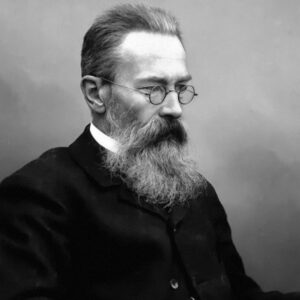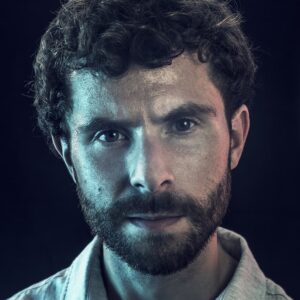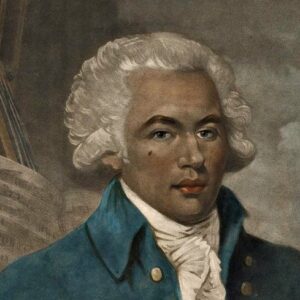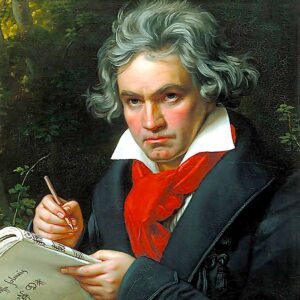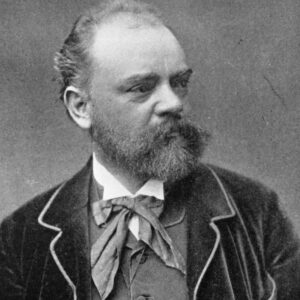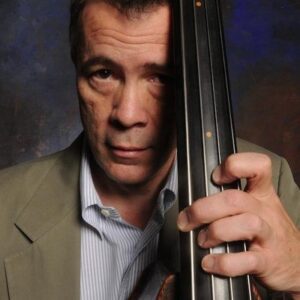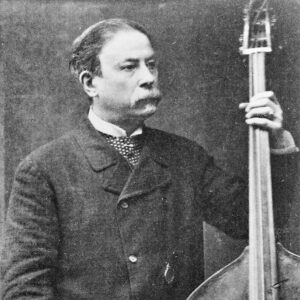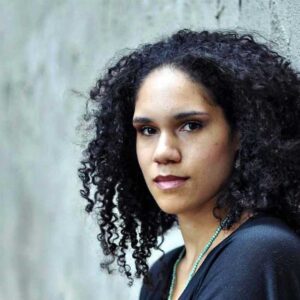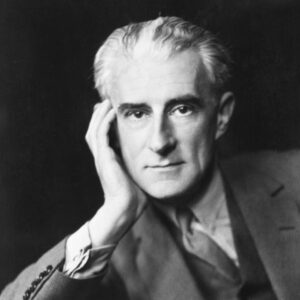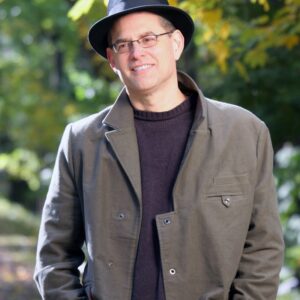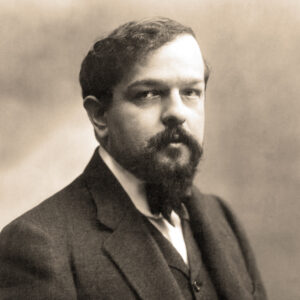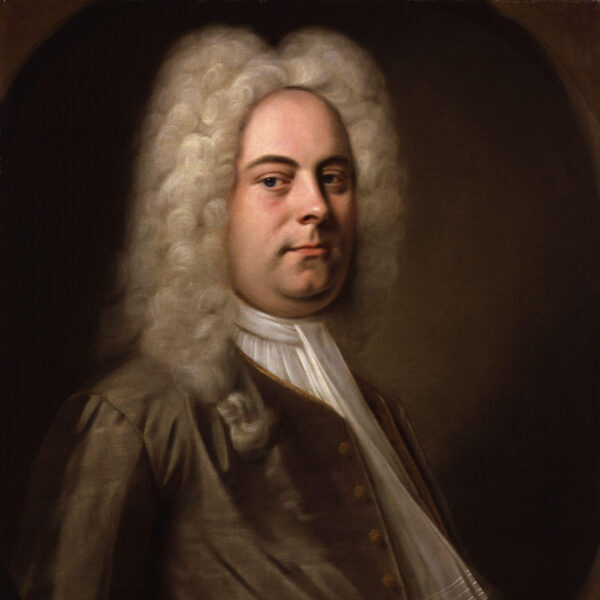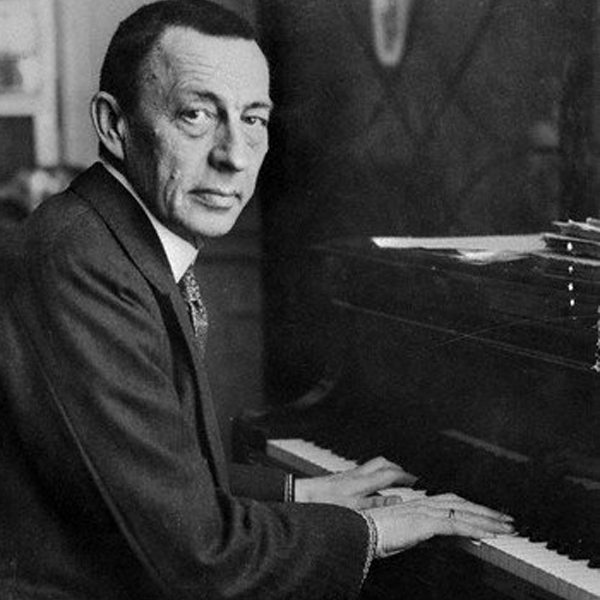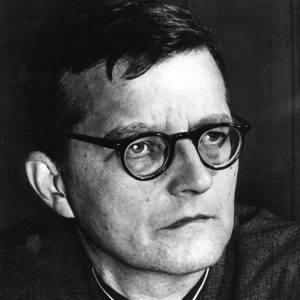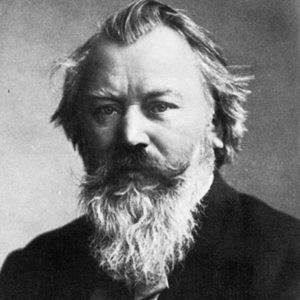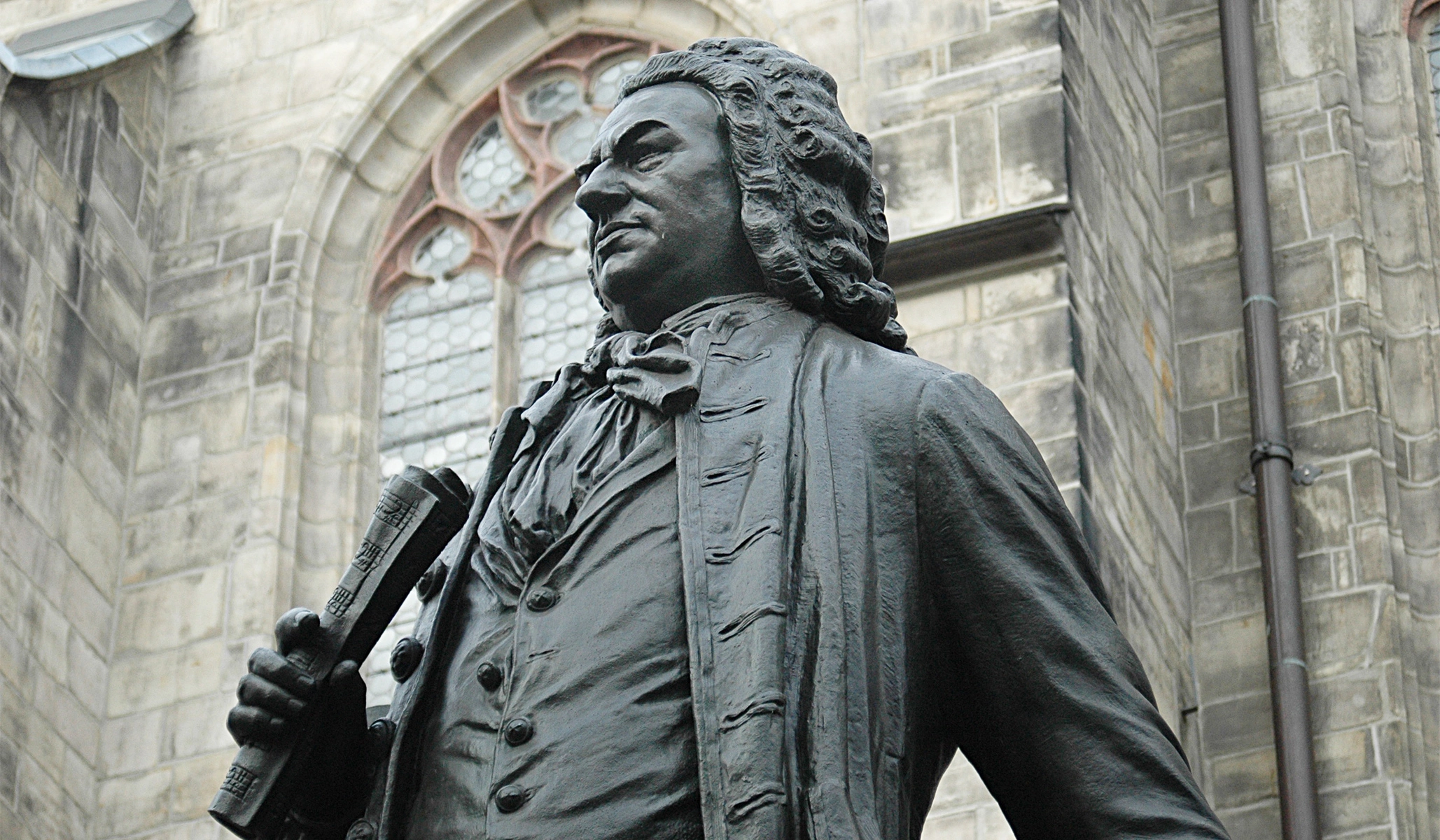
Johann Sebastian Bach
Ein feste Burg ist unser Gott, BWV 80
Johann Sebastian Bach was born in Eisenach on March 21, 1685 and died in Leipzig on July 28, 1750. He looms as one of history’s pivotal figures whose music is venerated and admired by many composers who followed him, from Haydn to Bartók and beyond. During his own lifetime, Bach was more revered as an organist and keyboard virtuoso than as a composer. His enormous output covers a virtually every genre of the Baroque era, except for opera. But even here, the drama found in much of his sacred choral music (Church Cantatas, Passions Oratorios, Magnificat, and Mass in B Minor) and other works showed considerable dramatic flair. His church cantata, Ein feste Burg ist unser Gott (A Mighty Fortress is our God) is based upon the music and text of the chorale penned by none other than Martin Luther between 1527-29. The chorale is often referred to as the “Battle Hymn of the Reformation.” Scholars cannot agree on the origin of the chorale and the reason why Luther wrote it, but it is one of the best-known melodies of Christianity. Johann Sebastian Bach conceived his cantata based upon the chorale for use on Reformation Day (October 21). Its original form possibly dates from his years in Weimar (1716), using Luther’s chorale interspersed with texts composed by Salomon Franck (1659–1725). The final and definitive version of the cantata (Leipzig version) came into being sometime around 1744-7, although it may have been earlier. Originally scored for SATB choir, vocal soloists, oboe, strings, and basso continuo, Bach added oboe d’amore and taille (alto oboe) to the orchestration. His son, Wilhelm Friedemann, added three trumpets and timpani to enhance its festive nature. The “BWV” number was given by Wolfgang Schmieder, the author of the 1950 catalogue of Bach’s compositions, the “Bach-Werke-Verzeichnis” (Bach Works Catalogue).
Bach, as is well known, wrote no operas. But many of his church cantatas, the Mass in B Minor, and his settings of the Magnificat and Passion narratives, contain as much drama as one could hope for in any opera. As best as scholars can determine, he produced some 200 church cantatas over the course of his career. Most of these were for use in services during his stint as Kapellmeister in Weimar and Leipzig. Often using a hymn (chorale) appropriate for a given Sunday of festival in the ecclesiastical calendar, Bach brought his unmatched skill to bear on weaving verses of a chorale in an astonishing variety of ways. His Cantata no. 80, making use of the chorale, Ein feste Burg ist unser Gott, for Reformation Day (October 21), is one of the most impressive examples of his genius. By combining Martin Luther’s melody and text with versification by Salomon Franck, Bach’s Cantata no. 80 brings home with immense power the significance of both music and word, thus creating a musical sermon.
The cantata’s structure is as follows (N.B. the translations used here are those by Bach scholars Michael Marissen and Daniel R. Melamed):
1. Chorale fantasy based on the first verse of Luther’s chorale for chorus and orchestra: “A Secure Fortress is our God”. This is a movement of impressive and elaborate counterpoint that illustrate’s God’s power over the “wicked enemy,” i.e., Satan.
2. Aria and chorale making use of both Franck’s texts (“Everything born of God is chosen for triumph”) and Luther’s tune and text (“With our own power nothing is done.”). Franck’s words are sung by the bass, accompanied by the strings playing a vigorous ritornello. The soprano is assigned to sing an elaboration of Luther’s chorale verse.
3. Recitative sung by the bass soloist on Franck’s text (“Consider well,
Child of God, this love so great, When Jesus Committed himself to you by his
blood . . .”)
4. Aria sung by the soprano on Franck’s words (“Come into my heart as your house, Lord Jesus”), in which the supplicant Christian begs Christ to drive away Satan.
5. Chorale verse (“And if the world were filled with devils/Who would want to devour us”). This setting mutates the third stanza of Luther’s stolid chorale into a lilting and dance-like 6/8 meter, celebrating God’s power to overcome Satan’s evil acts. Once again Bach interweaves the chorale melody into small phrases.
6. Recitative (tenor soloist) based on Franck’s words (“So stand secure, then, by Christ’s blood-tinged flag”). A promise that those who stand steadfast by God’s word need not fear Satan’s power.
7. Aria Duetto (alto and tenor soloists). Franck’s text (“How blessed indeed are they who bear God, by mouth”). A promise of eternal life for those who keep God’s words, not only by speaking, but by faith in one’s heart.
8. Final chorale (“They shall let the word [of God] stand”). A straight-forward harmonization of the last verse of Luther’s chorale tune, no doubt sung in Bach’s day be the entire congregation of worshippers.
Program Note by David B. Levy, © 2022

